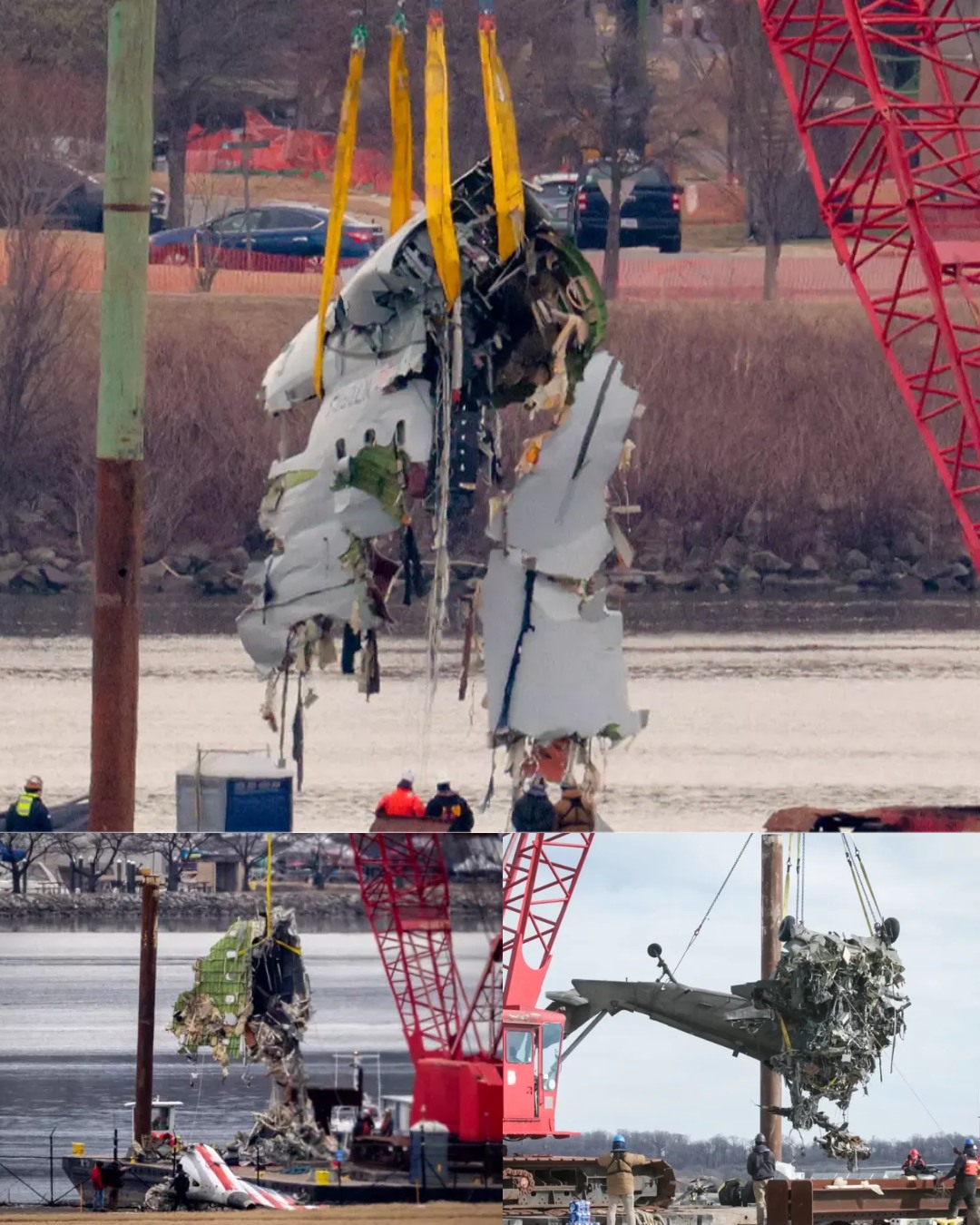On January 29, 2025, a tragic collision between a Black Hawk military helicopter and an American Airlines passenger plane shocked the nation. The Black Hawk crashed into the Potomac River shortly after colliding with American Airlines Flight 5342, which was descending toward Ronald Reagan National Airport in Washington, D.C. Tragically, all three individuals aboard the Black Hawk and all 64 passengers and crew on the commercial jet lost their lives.
The Black Hawk Crash
The National Transportation Safety Board (NTSB) conducted a hearing on July 30, 2025, to investigate the tragic accident. Among the victims was the Black Hawk’s pilot, Captain Rebecca Lobach, 28, and her instructor, Chief Warrant Officer 2 Andrew Eaves, 39. The helicopter was also carrying Staff Sergeant Ryan O’Hara, 28, on a mission to Fort Belvoir, Virginia.
In a bid to understand the chain of events leading up to the crash, the NTSB presented new revelations from the investigation, including cockpit audio recordings that were made public.
 Source: Unsplash
Source: Unsplash
Unsettling Findings from the Cockpit Audio
The cockpit audio revealed some disturbing moments from the helicopter crew’s final minutes. The crew was heard laughing and chatting casually, which raised concerns that they were not aware of the imminent danger they were facing. At one point, Eaves was heard providing manoeuvring assistance to Lobach, with Lobach mentioning that air traffic control sounded “pretty muffled,” which could have impacted their awareness of the unfolding situation.
As the helicopter neared Ronald Reagan National Airport, a series of increasingly urgent warnings were given by air traffic control. About two and a half minutes before impact, Eaves instructed Lobach to “come down for me” and descend to 200 feet, as they were currently at 300 feet. This was part of a routine manoeuvre to avoid high-traffic areas near the airport.
Despite being warned twice by air traffic control about the approaching American Airlines Flight 5342, the Black Hawk crew seemed to have difficulty processing the situation. In the final seconds before the crash, Eaves gave a command to turn left, but it appeared that a microphone glitch caused a critical communication breakdown. The controller’s final warning to “pass behind” the passenger plane was not heard clearly due to the audio issue.
Investigation Reveals Altimeter Issues
In addition to the cockpit communications, the investigation revealed that altimeter malfunction may have contributed to the crash. The Black Hawk crew appeared to have been unaware of their altitude, mistakenly believing they were flying lower than they actually were. Investigators noted that the helicopter flew as high as 300 feet, but the maximum allowable altitude near the airport was 200 feet. There were discrepancies in the crew’s reports of their position, with altimeter errors leading to confusion about their actual altitude.
The NTSB discovered that the altimeter system in the Black Hawk was flawed. The service team tested other helicopters from the same unit and found similar issues with their barometric altimeters, which likely contributed to the error in judgment regarding altitude.
Final Moments Before Impact
According to the cockpit transcript, the crew of the Black Hawk received the last warning about the passenger plane only 20 seconds before the collision. Unfortunately, the critical communication between the helicopter and air traffic control was interrupted by the audio glitch, and Eaves’ final instructions to Lobach were delivered too late.
In the last few moments before impact, Eaves was heard instructing the pilot to maneuver left, and Lobach acknowledged the command. However, the American Airlines plane, flying at 320 feet while descending for landing, was too close for the Black Hawk to avoid in time. The collision occurred just seconds later.
Calls for Retiring Older Black Hawks
The investigation and hearing have raised concerns about the safety of older Black Hawk helicopters. Scott Rosengren, the chief engineer overseeing the Army’s utility helicopter headquarters, expressed his concerns during the hearing. He suggested that if he were in charge, he would retire all older Black Hawk helicopters immediately due to the outdated technology and the issues surrounding their altimeters.
As the hearing continues, the NTSB is focusing on what went wrong and how to prevent similar accidents in the future. The tragic crash has left families devastated and has raised questions about the maintenance and safety standards for military helicopters operating near civilian air traffic.
This incident highlights the importance of clear communication and modernized technology in aviation safety. The tragic loss of life underscores the risks posed by outdated equipment and the vital need for reform in aviation practices to prevent such disasters.



